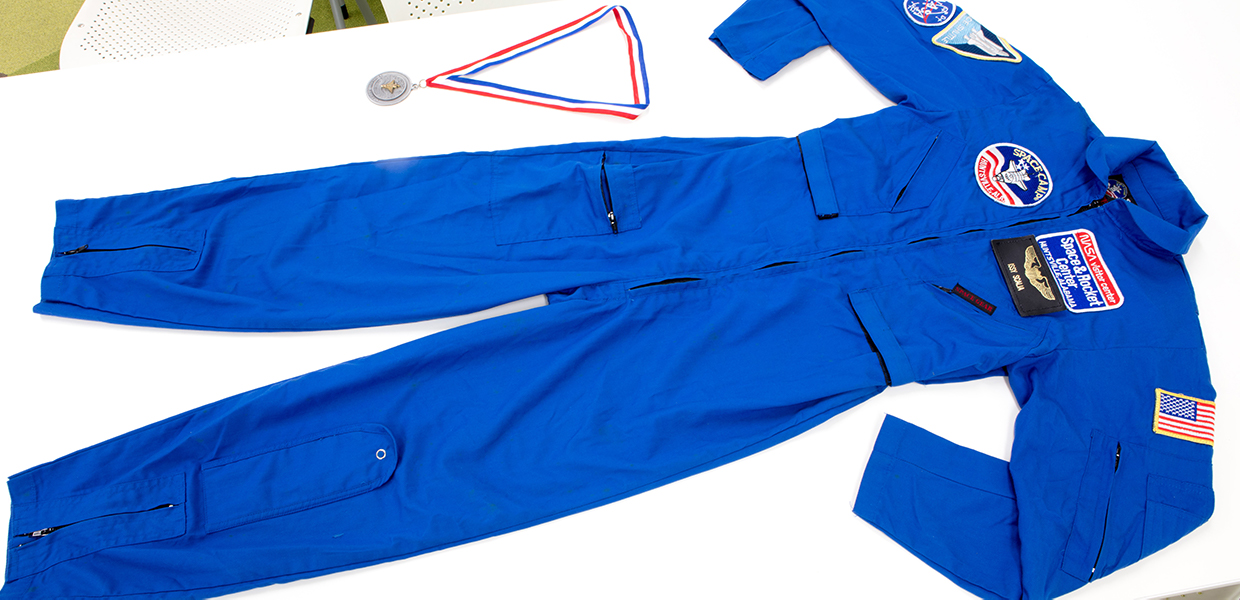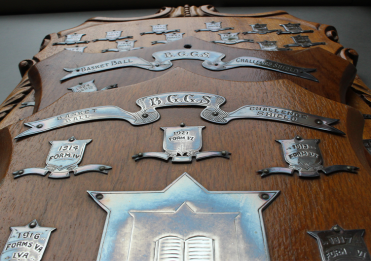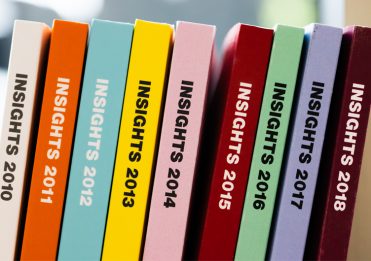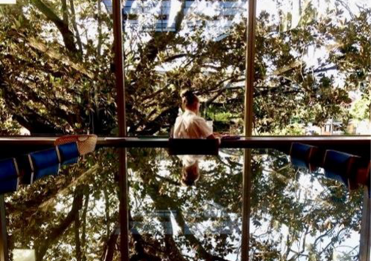This is the flight suit worn by Isabel Scalia (2011) at the 2009 Space Camp, where she and 38 other students participated in the week-long US Space Trip. NASA crews wear similar blue flight suits as a functional dress uniform during training. Pictured with the overalls is the Right Stuff medal that was presented to Isabel Scalia (2011).
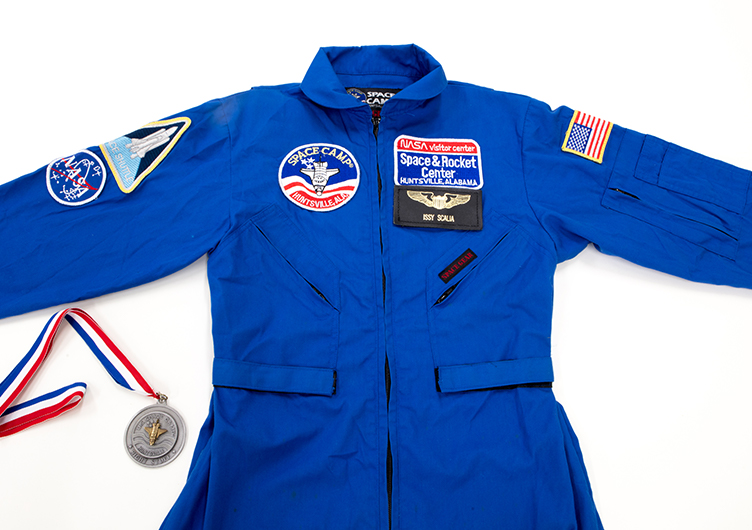
Why are these items regarded as a perfect inclusion in Girls Grammar’s list of Objects of Substance?
The biennial Space Camp was a product of a discussion held between me and past student, Karalyn Orr (1992) during a Physics class in 1991. The first trip was conducted the following year, in 1992, and was so successful that students demanded it become one of Girls Grammar’s international study tours.
Space Camp is a residential camp located at the US Space and Rocket Centre in Huntsville, Alabama. Of the numerous programs on offer, Girls Grammar students participate in one of four, six-day programs. Twelve-to-14-year-olds choose either Aviation Challenge Mach II (ACII) or Space Academy (SA) and 15 to 18-year-olds elect to participate in Aviation Challenge Mach III (ACIII) or Advanced Space Academy (ASA).
The Aviation programs are designed to test a trainee’s ability to work independently and as a member of a naval aviation squadron. As such, they learn to fly and to survive adverse conditions. Daily training drills challenge students to master engineering principles and manoeuvre in all three rotational-axes of flight as they complete practice sorties in advanced flight simulators.
Field training is focused on discipline and attention to detail in survival situations. The culmination of AC training is a night Field Training Exercise (FTX) that requires team members to work together to plan and execute a mission to recover intelligence or rescue a downed pilot. Communication is key.
In winning the Right Stuff medal in the ASA program in 2009, Isabel Scalia (2011) demonstrated a high standard overall, but also impressed her counsellors with her motivation, excellent leadership skills, politeness and unrelenting support of her teammates. She remained positive in the face of adversity and contributed significantly to team problem-solving activities.
Instigated by a student, this worthy educational opportunity, with intrinsic values and challenges closely aligned to Girls Grammar’s philosophy, encourages Grammar girls to look beyond themselves, making these objects a true representation of essential elements of a BGGS education.
Dr Sally Stephens
Director of Science
